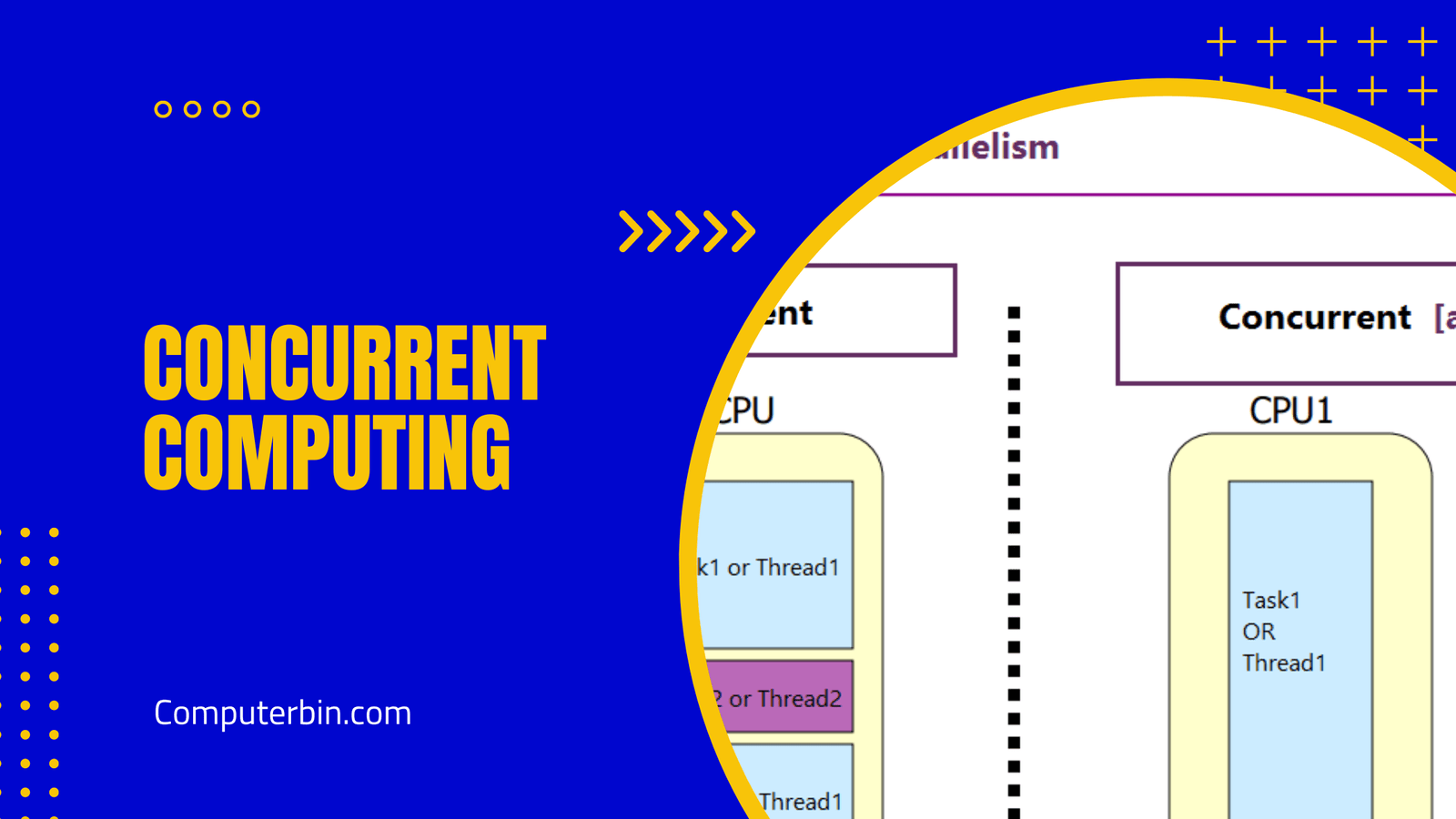A wide geographic area, such as a city or even several nations, can be connected by a Wide Area Network (WAN). This type of computer network links smaller local area networks (LANs) and other types of networks together, enabling resource sharing and communication between them.
WANs can be employed to connect networks across different locations, such as offices within an organization or branches of government organizations. Within one area, such as a campus or large building, they may also be utilized for interconnecting systems.
LANs, which are typically employed to link computers and other devices within a single location such as an office or home, differ from WANs in that they can connect multiple locations and cover much larger areas than LANs which tend to have limited size and coverage capabilities.
Leased lines, satellite links and the Internet are a few technologies and protocols used to construct and manage Wide Area Networks (WANs). Leased lines are dedicated connections rented from a service provider between two points. Data transmission between locations occurs through satellite links while routers can link multiple LANs together over the internet to create an effective WAN.
One of the primary advantages of WANs is that they enable devices to communicate and share resources regardless of location. For instance, businesses with multiple offices in various cities can utilize a WAN to allow staff members to access one database or collaborate on files.
WANs can be especially useful for providing internet access to remote areas where other types of connectivity might not be possible. A WAN, for instance, could link a research station with the internet, allowing researchers to access data and connect with other researchers.
Types of WAN (Wide Area Network)
Wide area networks (WANs) are currently utilized in computer networks of many types. Here are a few of the most widespread:
- Circuit-Switched WANs: Circuit-switched WANs were the original type of wide area network (WAN). To facilitate data transfer between two devices, a physical circuit must be established between them that will remain intact after completion of the transfer. Due to their high levels of dependability and quality, voice communication often takes place over circuit-switched WANs.
- Packet-Switched WANs: More recently developed, packet-switched WANs transmit data between devices using packets of data. Since they can send information simultaneously rather than needing separate connections for each one, packet-switched WANs tend to be more efficient than their circuit-switched counterparts. Generally, packet-switched WANs are used for internet access and data communication tasks like file transfers.
- Wireless WANs: Wireless WANs use radio frequency (RF) technology to transmit data wirelessly over long distances. They can be employed for connecting devices in a LAN or WAN, or giving specific locations access to the internet. Wi-Fi networks, cellular networks, and satellite networks are some examples of wireless WANs.
- Optical Wide Area Networks: These networks transmit data over long distances using optical fibers. These fibers can transmit data at incredible speeds and are composed of incredibly fine strands of glass or plastic. Large organizations often rely on optical WANs to connect to one another or provide remote locations with internet access.
- Virtual Private Network (VPN) WANs: VPN WANs offer private and secure connections between devices over public networks like the internet. Businesses often utilize VPN WANs to link multiple offices in different locations or grant employees remote access to their company’s network.
WANs are essential elements of modern computer networks, facilitating data transfer and communication between devices located at different locations. Each WAN type offers distinct features and benefits, so it’s essential to select the one that best meets your requirements.





